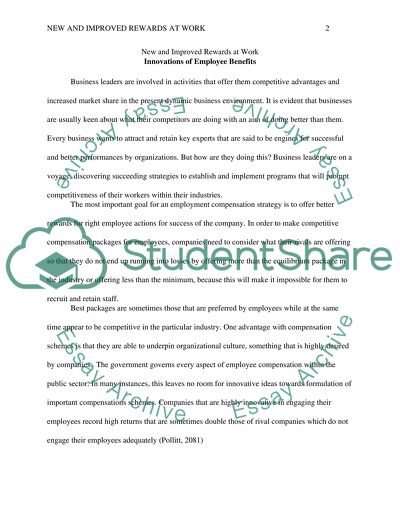Cite this document
(“New and Improved Rewards at Work Research Paper - 2”, n.d.)
New and Improved Rewards at Work Research Paper - 2. Retrieved from https://studentshare.org/human-resources/1633663-new-and-improved-rewards-at-work
New and Improved Rewards at Work Research Paper - 2. Retrieved from https://studentshare.org/human-resources/1633663-new-and-improved-rewards-at-work
(New and Improved Rewards at Work Research Paper - 2)
New and Improved Rewards at Work Research Paper - 2. https://studentshare.org/human-resources/1633663-new-and-improved-rewards-at-work.
New and Improved Rewards at Work Research Paper - 2. https://studentshare.org/human-resources/1633663-new-and-improved-rewards-at-work.
“New and Improved Rewards at Work Research Paper - 2”, n.d. https://studentshare.org/human-resources/1633663-new-and-improved-rewards-at-work.


